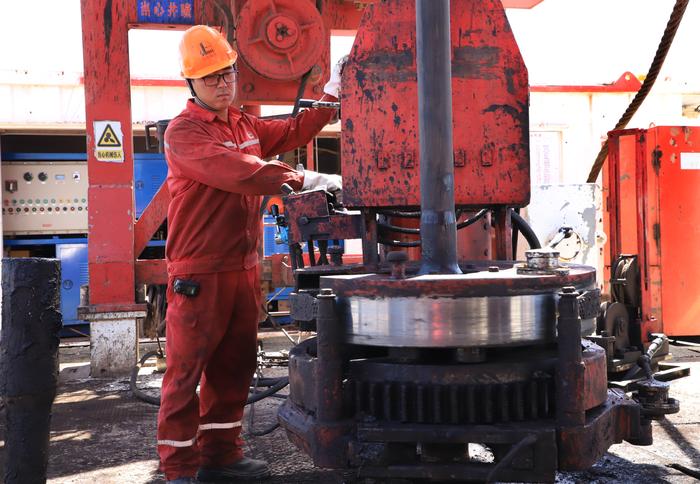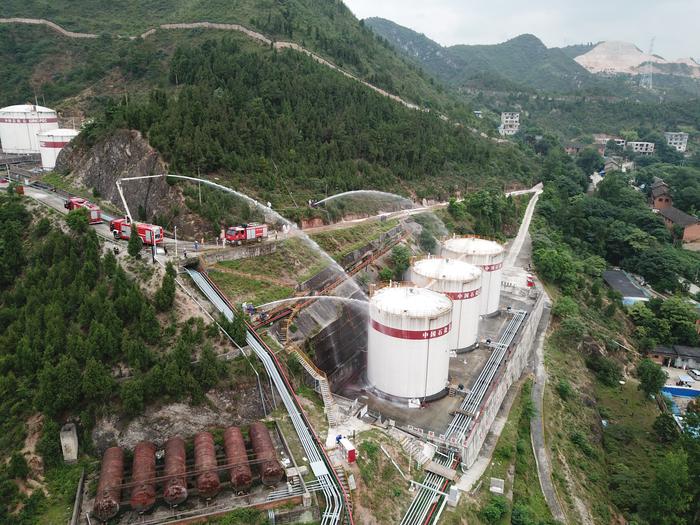|
| 2019-07-04 来源: 中国石化新闻网 |
| 石化新闻 |
|
中国石化新闻网讯 据今日油价网站7月2日消息 全球能源监测的一份新报告发现,全球范围内迅速发展的液化天然气基础设施中美国和加拿大占拟议液化天然气出口终端容量的74%,这对巴黎气候目标构成了“直接挑战”。对液化天然气的推动引发了可再生能源行业的担忧,他们把推动液化天然气发展比作戒除羟氢可待因而偏爱海洛因。 全球能源监测是一个研究人员网络,该网络致力于开发化石燃料和替代能源方面的协作信息资源,其认为全球与液化天然气相关的基础设施的大规模增加与政府间气候变化专门委员会(IPCC)发出的警告不符,即如果要把全球变暖限制在比工业前水平高出1.5摄氏度,那么到2030年,美国的使用量必须下降15%。到2050年,与2020年相比必须下降43%。 全球能源监测援引环保人士比尔·麦基本的话称:“随着向天然气领域的推进,我们似乎自豪地宣布,我们用海洛因取代了羟氢可待因。” 据报道,迄今为止天然气(主要成分为甲烷)占全球变暖的25%。 全球能源监测在报告中指出:“从全球变暖影响来看,正在开发中的液化天然气扩张规模与燃煤发电厂的扩张规模一样大或更大,这对巴黎气候目标构成了直接挑战。”。 在全球范围内,目前共有1.3万亿美元(包括美国的5070亿美元和加拿大的4100亿美元)投资于液化天然气扩建,这将在本世纪中叶锁定更高水平的天然气生产。 王磊 摘译自 今日油价 原文如下: Renewables Activists Outraged By North-American LNG Boom The booming liquefied natural gas (LNG) infrastructure around the world—with the U.S. and Canada accounting for 74 percent of proposed LNG export terminal capacity—poses “a direct challenge to Paris climate goals,” a new report from Global Energy Monitor has found. The push for LNG has sparked outrage by renewables activists who liken the so-called bridge fuel to kicking an oxycontin habit in favor of heroin. Global Energy Monitor, a network of researchers developing collaborative informational resources on fossil fuels and alternatives, argues that the massive increase in LNG-related infrastructure globally is incompatible with the warning of the Intergovernmental Panel on Climate Change (IPCC) that gas use must drop by 15 percent by 2030 and 43 percent by 2050 compared to 2020, if the planet is to limit global warming to 1.5 degrees Celsius above pre-industrial levels. “With the move to natural gas, it’s as if we proudly announced we kicked our Oxycotin habit by taking up heroin instead,” Global Energy Monitor’s report said, quoting environmentalist Bill McKibben. According to the report, the main component in natural gas—methane—has been responsible for 25 percent of global warming to date. “Measured by global warming impacts, the scale of the LNG expansion under development is as large or greater than the expansion of coal-fired power plants, posing a direct challenge to Paris climate goals,” the report from Global Energy Monitor highlights. Globally, a total of US$1.3 trillion—including US$507 billion in the United States and US$410 billion in Canada—is currently being invested in LNG expansion, which would lock in much higher levels of natural gas production through the middle of this century.
|








